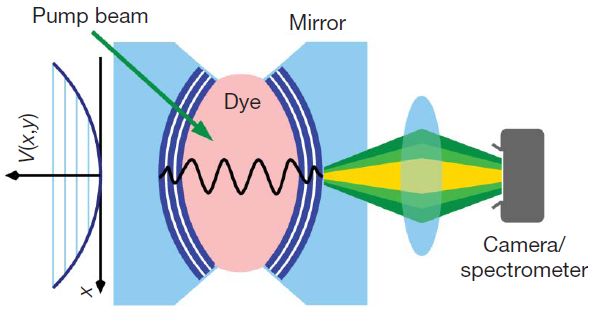
Rechargeable batteries. In comparison to lithium-ion batteries these are an older but more cheaper technology generation, made from metal hydrates. Image by comedy_nose via flickr.
The title of this blog post is a bit tongue in cheek, but the situation isn’t that far from the truth when it comes to rechargeable batteries such as lithium-ion batteries. Ever since lithium-ion batteries were first commercialized in 1991 by Sony, based on work by John Goodenough and others, they have been highly successful in the market. Open your mobile phone and read the battery label, almost certainly it is a lithium battery. The lithium stores electrical charges in the battery’s anode. During discharge of the battery the lithium moves to the cathode, where the charge is released. Lithium-ion batteries are also used in electric cars, in laptops, for electric power tools and so on. The market is huge.
On the other hand, if you use these rechargeable batteries, their real-world problems are pretty clear. Storage capacity could be better, particularly for electrical cars. Then, these batteries should be rechargeable more often without degrading, and last but not least the charge cycle should be reasonably fast.
The success of lithium iron phosphate
The bottleneck in the storage capacity of lithium-ion batteries is how much lithium the electrodes can take up. In particular the cathodes are a problem, their capacity is smaller than that of the graphite anodes used. One of the best cathode materials, proposed by Goodenough early on, is lithium iron phosphate (LiFePO4). Unfortunately, lithium iron phosphate as studied by Goodenough didn’t work well, it didn’t conduct electrical current! In 2002, Yet-Ming Chiang and colleagues from MIT then published a paper where they fabricated lithium iron phosphate that is made conducting through the addition of other metals. Furthermore, Chiang also discovered that if nanoparticles are used instead of bulk to make the cathode, the surface area of the electrodes is increased and hence their efficiency goes up.




December 10, 2010
4 Comments